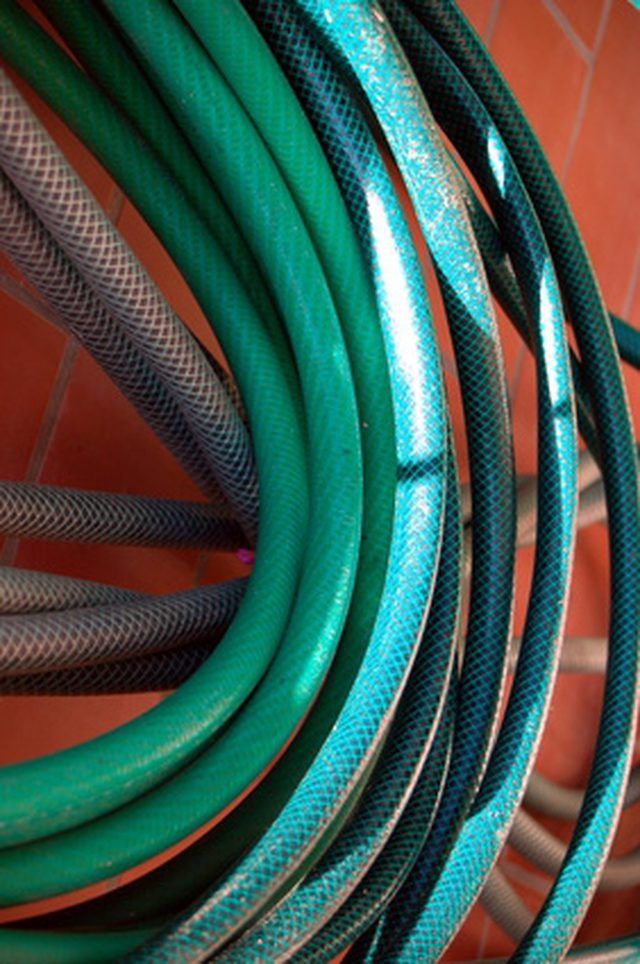Bulbs
Flower Basics
Flower Beds & Specialty Gardens
Flower Garden
Garden Furniture
Garden Gnomes
Garden Seeds
Garden Sheds
Garden Statues
Garden Tools & Supplies
Gardening Basics
Green & Organic
Groundcovers & Vines
Growing Annuals
Growing Basil
Growing Beans
Growing Berries
Growing Blueberries
Growing Cactus
Growing Corn
Growing Cotton
Growing Edibles
Growing Flowers
Growing Garlic
Growing Grapes
Growing Grass
Growing Herbs
Growing Jasmine
Growing Mint
Growing Mushrooms
Orchids
Growing Peanuts
Growing Perennials
Growing Plants
Growing Rosemary
Growing Roses
Growing Strawberries
Growing Sunflowers
Growing Thyme
Growing Tomatoes
Growing Tulips
Growing Vegetables
Herb Basics
Herb Garden
Indoor Growing
Landscaping Basics
Landscaping Patios
Landscaping Plants
Landscaping Shrubs
Landscaping Trees
Landscaping Walks & Pathways
Lawn Basics
Lawn Maintenance
Lawn Mowers
Lawn Ornaments
Lawn Planting
Lawn Tools
Outdoor Growing
Overall Landscape Planning
Pests, Weeds & Problems
Plant Basics
Rock Garden
Rose Garden
Shrubs
Soil
Specialty Gardens
Trees
Vegetable Garden
Yard Maintenance
How to Build Drip Irrigation
How to Build Drip Irrigation. Drip irrigation systems concentrate the amount of water delivered to your plants. These systems are more efficient than watering the soil with a mister or hose, which allows the sun to evaporate a lot of the moisture before it reaches your plants’ roots. Drip irrigation delivers water directly to your plants so...

Drip irrigation systems concentrate the amount of water delivered to your plants. These systems are more efficient than watering the soil with a mister or hose, which allows the sun to evaporate a lot of the moisture before it reaches your plantsí roots. Drip irrigation delivers water directly to your plants so they require less water.
Irrigation systems can be expensive, but you can save money and be green by recycling household items into your own irrigation system. All you need are a few simple tools.
Things You'll Need
Empty water bottles
Garden hoses
Electric drill
Awl
Trowel
Narrow-spout watering can
Drill holes about 1/16 inch in a circle 1 inch apart on the bottom and in straight lines on the sides of each water bottle.
Lay out a length of old garden hose and punch holes in it with an awl. Keep the holes in a straight line, 1 inch apart.
Dig holes in the center of small circular plots and next to single clumps of plants. The holes should be about 1/3 less deep and as wide as your water bottles. Bury a 12-inch-long, 3-inch-wide water bottle in a hole about 8 inches deep and 3 inches wide. Smooth the soil around each bottle.
Fill each of your bottles with water from a narrow-spout watering can, refilling them about once a week.
Dig trenches in large garden plots that zigzag between the rows. The trenches should be about 6 inches deep and no more than 2 inches wide. Lay your punched hose in this trench, leaving one open end of it sticking up out of the ground where you can find it. Screw an intact hose to this opening and turn the water pressure on low for about four hours in the morning and an additional hour at night.